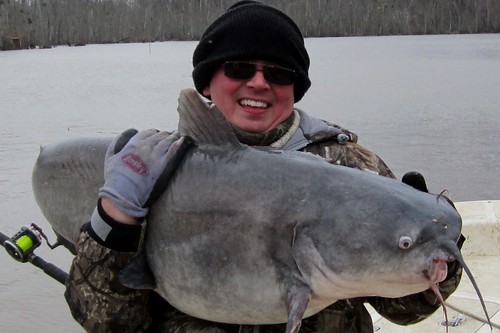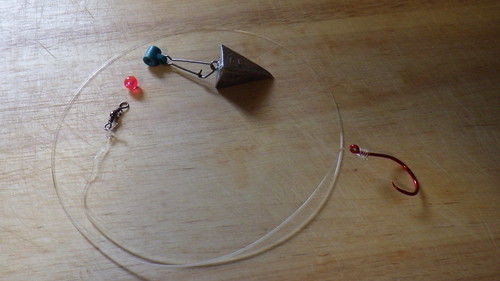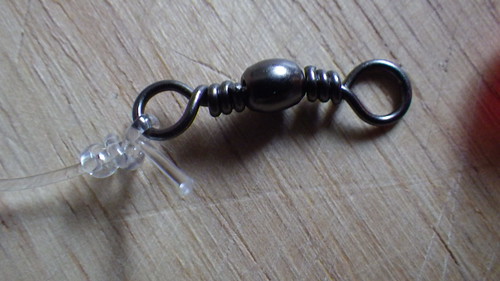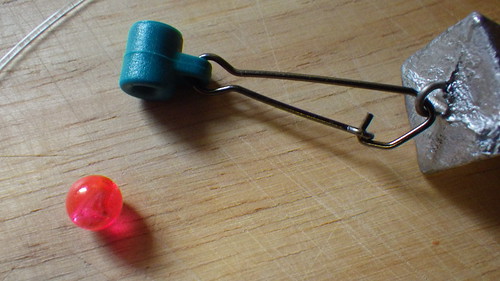A while back, both YakAttack and Scotty announced that they would be releasing a new, inexpensive polymer track. Up until now, if you wanted to use slide rails on your kayak you either had to buy a kayak that had them factory installed, or you had to spend some real money to buy them separately. These polymer rails let you inexpensively add a rail system to your kayak. While they are not as strong as metal rails (like YakAttack's GT90), they are perfect for camera or accessory mounts.
When I learned that they would be coming out, I contacted both Scotty and YakAttack. I told them that I would be doing a side by side comparison. Scotty politely thanked me. YakAttack graciously offered to give me a discount. In an effort to be unbiased, I chose to not take YakAttacks offer. The fishing world is plagued with Prostafers, sponsorships, and paid reviews that make it almost impossible to get unbiased information.
The biggest reason I chose not to take a discount on YakAttack's product was that I anticipated the GTSL to perform exactly like the Slide Track. On paper and in advertisements, they look exactly the same. With the Scotty Slide Track being less expensive, I hate to give a bad review to someone who does me a favor.
Note: after rereading this review I just wanted to clarify. YakAttack was NOT trying to buy me off. They were just being nice. Scotty has sent me free stuff as a thank you for reviewing their products. It is just the way blogging works.
This assumption that they are the same proved to be wrong. There are several minor details that are different. These small differences make one product significantly better than the other.
On to the review:
I purchased a 24" section of Scotty Slide Track
 |
| Left: Slide Track Right: GTSL |
Both had a few inconsistencies common in most plastic products. Most people would not notice, but I studied over them very carefully.
 |
| Left: Slide Track Right: GTSL |
The Scotty Slide Track is noticeably taller than the GTSL. This would give you a little more room to play with if you make your own slide accessories, but also gets in the way more. It looks like a small amount, but the height difference is very noticeable on the water. Both rails would occasionally get caught on stuff, the Scotty rails did it much more often.
The GTSL came with holes pre-drilled. They were considerably easier to install.
 |
| Left: GTSL Right: Slide Track |
The GTSL has small ridges molded into its face. The Slide Track rails are smooth. I initially thought this was just cosmetic, but it actually makes a noticeable difference. Things simply lock down tighter on the YakAttack Product.
 |
| GTSL in use |
The GTSL is made in America and comes in a rainbow of colors. The Slide Track is from Canada and only comes in black. If you care. I don't.
Conclusion:
The Scotty Slide Track is a good product. It is sold in lots of stores, so finding it is easy. I like that you can get it in long sections. However, it is bigger than it needs to be and is ugly.
The YakAttack GTSL is also a good product. It is beautiful and better designed. Very few retailers are selling it, so you will probably have to buy it online.
For me the choice is a no brainer. Go with the YakAttack product.
That said, if you buy the Scotty product, you will most likely be pleased with your purchase.












